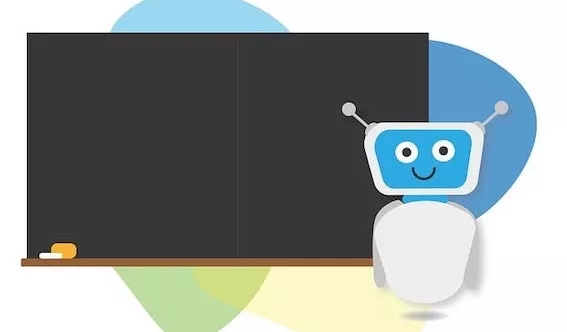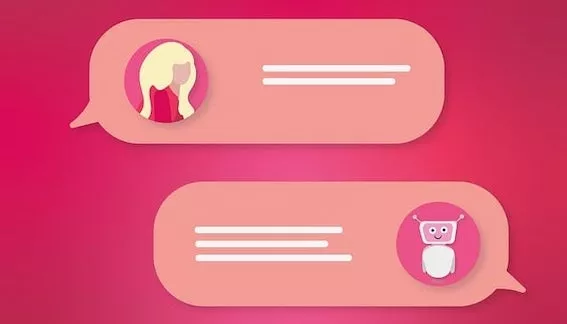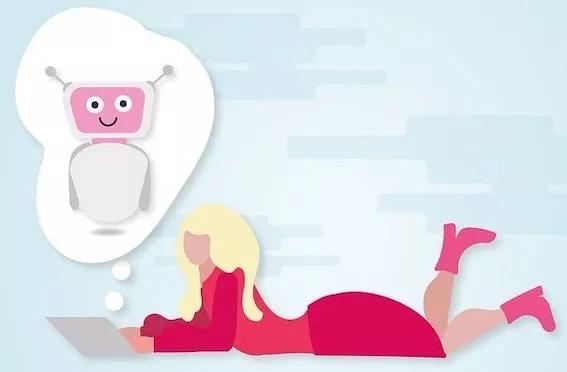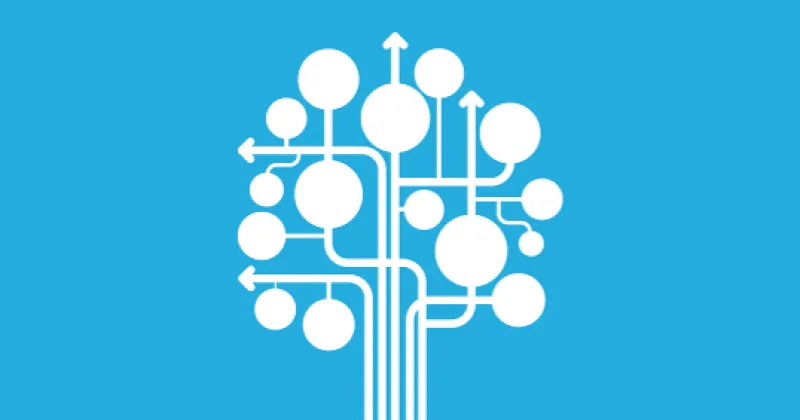Innovation in the classroom: exploring ChatGPT as a creative partner in lesson planning
Using innovative tools to streamline lesson planning, improve classroom work and engage students in new ways can be both exciting and clever. This post provides 20 tips for how to turn ChatGPT into an assistant that can improve your lesson planning. It’s amazing how much it can help!

By using ChatGPT as your lesson planning partner, you can discover entirely new options. You can start planning your lessons, creating materials and working with feedback in innovative ways. The threshold for getting started with ChatGPT is extremely low – all you need is a computer, an internet connection, a ChatGPT account and the ability to read and write (with a critical eye).
What is ChatGPT and how can it help teachers?
ChatGPT is an advanced AI model that is based on deep-learning techniques and trained on vast amounts of text data from a range of sources. It is designed to generate natural language, to answer questions and make suggestions based on the information it has learnt.
Using ChatGPT is like having a virtual conversation partner, one that can help with everything from generating ideas, providing support with lesson planning and suggesting tasks, to providing feedback to students. Using ChatGPT is just like chatting. In this context, the trickiest thing is that the saying “what you ask for is what you get” is more than true here.

You need to learn effective prompts, which means giving as specific and as detailed instructions as possible. If you are not completely satisfied with the answer you get, give the AI more details and parameters for what you want. You and the AI have a conversation.
Although you can almost never take ChatGPT’s suggestions as they are (you will need to do a bit of tweaking to adapt them to your language use, personality and students), the benefits are obvious: you obtain ideas and useful suggestions, and can start working faster. Work gets done more quickly. You save time! As a bonus, there are always ideas that you might not otherwise have thought of. This was the case for me when I was writing this text; take the title for example, the AI gave me a suggestion and I thought it was perfect.
Let’s go down the rabbit hole!
Because I’m fundamentally a language teacher, I tested ChatGPT with a focus on language. After a little discussion with the AI, I finally got some really good material. If you teach other subjects, you can get inspiration and ideas for your own subject, because much of this is about the mindset and understanding its potential.
ChatGPT in language teaching – what AI can do for you:
- Provide reading comprehension questions with response options for a given text.
- Transform a text into a “gapped” text.
- Extract all the verbs, for example, from a text and use them in sample sentences.
- Rephrase a text/sentences, such as from first person singular to third person singular or from one tense to another.
- Transform a text/sentence into a variant with some grammatical errors. Students have to find the errors and correct them.
- Produce sample texts by rewriting a text into other versions, with different levels of difficulty.
- Create sample texts for a certain text type/genre, based on a certain topic.
- Produce a text/sentences containing specified words and phrases.
- Develop questions about sentences, texts or topics/themes.
- Transform a sample text into a text containing only Y and a variant containing X. You can get tasks that either contain specific things or avoid them.
- Create dialogues on a set theme and with specific words/phrases.
- Invent multiple choice questions with one or more correct answers to check students’ understanding of concepts before you continue with presentations.
- Develop exercises in which students can practice proficiency in a particular element.
- Give you examples of tasks and types of tasks for a specific area or suggestions for problems and questions to discuss.
- Give you phrases for feedback on a hand-in assignment.
- Provide suggestions for improving students’ texts.
- Write comments to students or answers to their questions.
- Develop lesson plans and suggestions for the organisation of an area of work.
- Create tests and exams and then mark them.
- Allow students to make suggestions for input to the prompt. Discuss solutions.

You have a lot to gain from using ChatGPT in your work, as well as creating greater participation and working more formatively. Test it out, find your perfect area of use – explore a new world.
And by the way, have you heard that there is now a new type of literacy to relate to in education? It’s called AI literacy. We must become AI literate.
For more inspiration (in Swedish):
The podcast Teknik i akademi, episode 19 and 23
Resource: ChatGPT i ditt pedagogiska uppdrag
Written by: Ivana Eklund, lecturer and teacher



